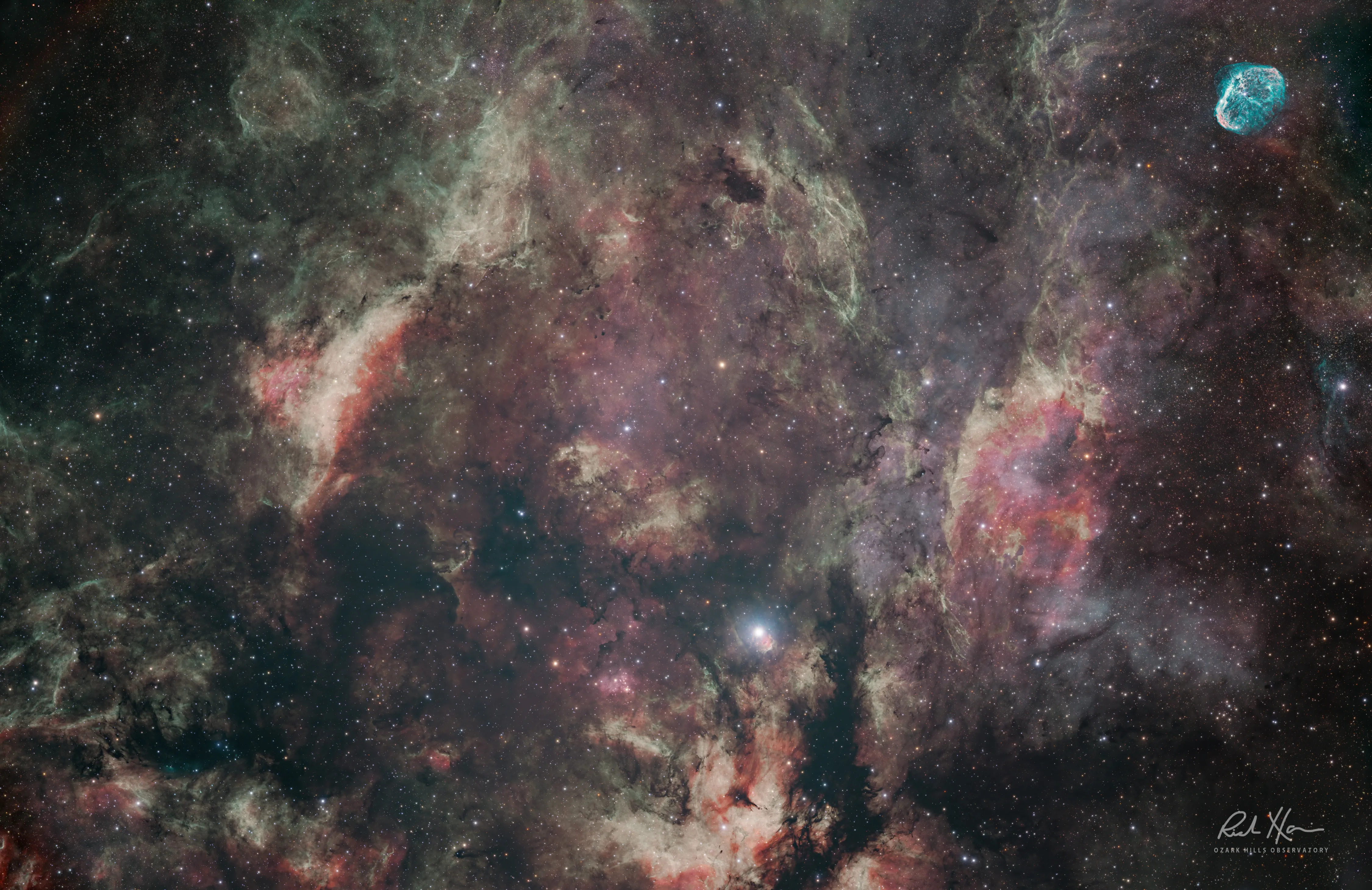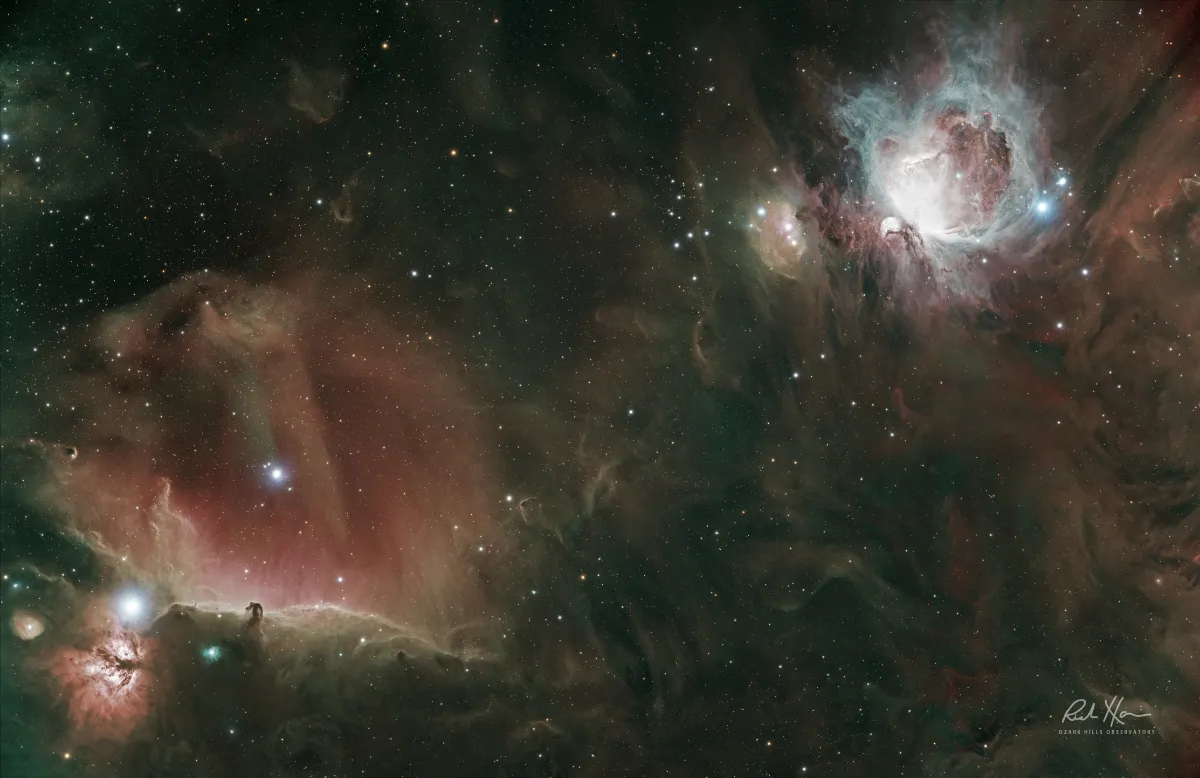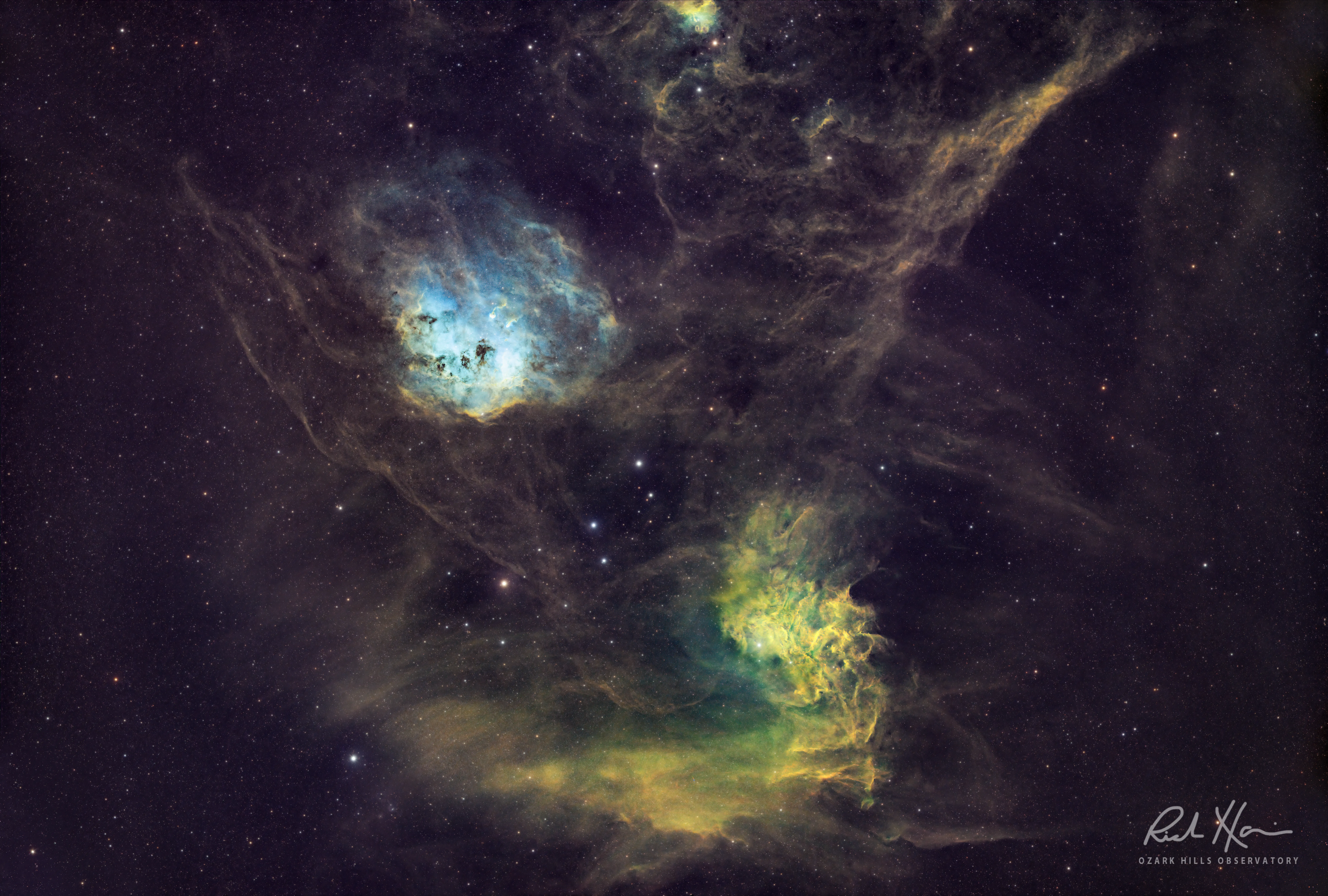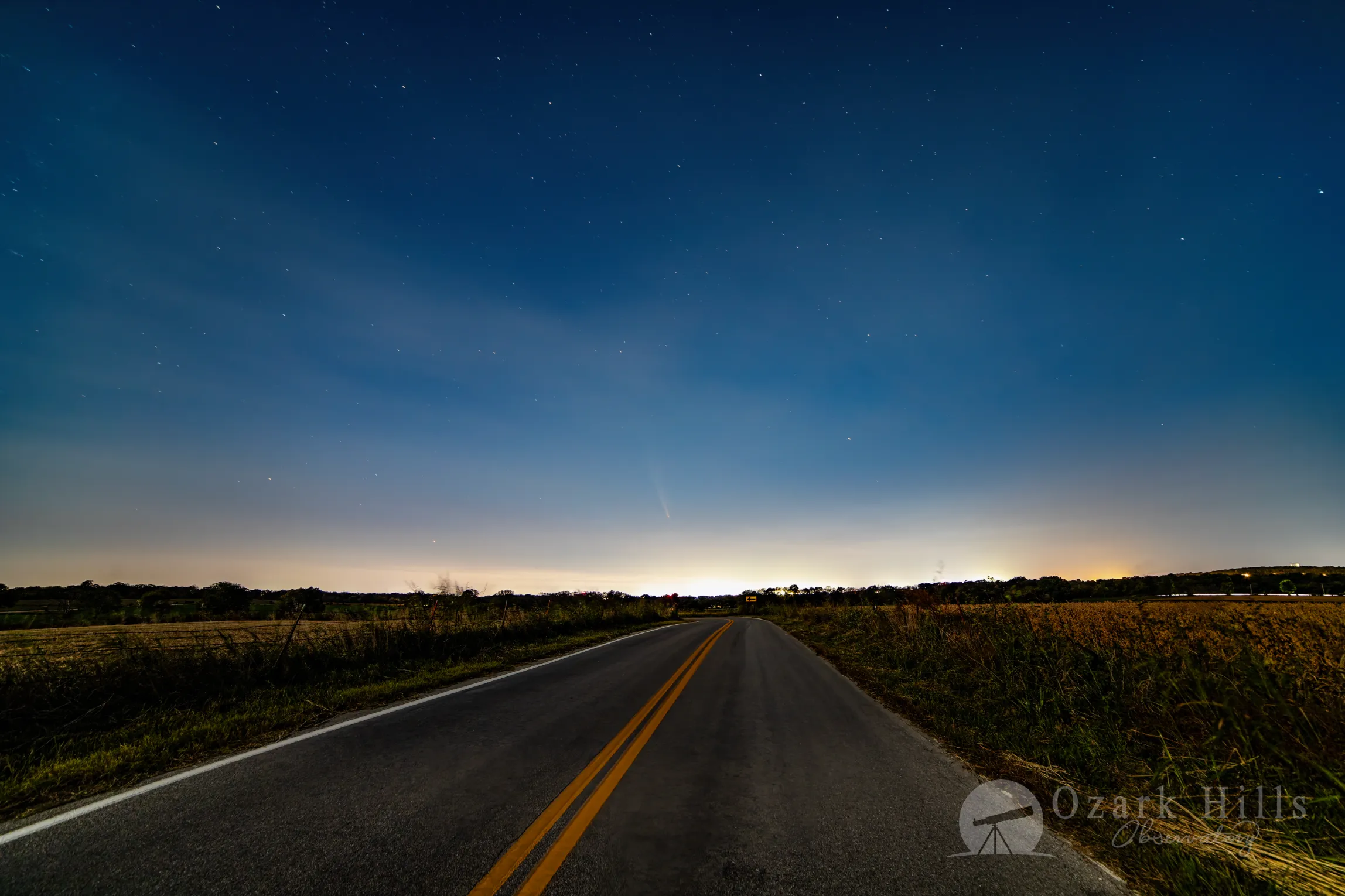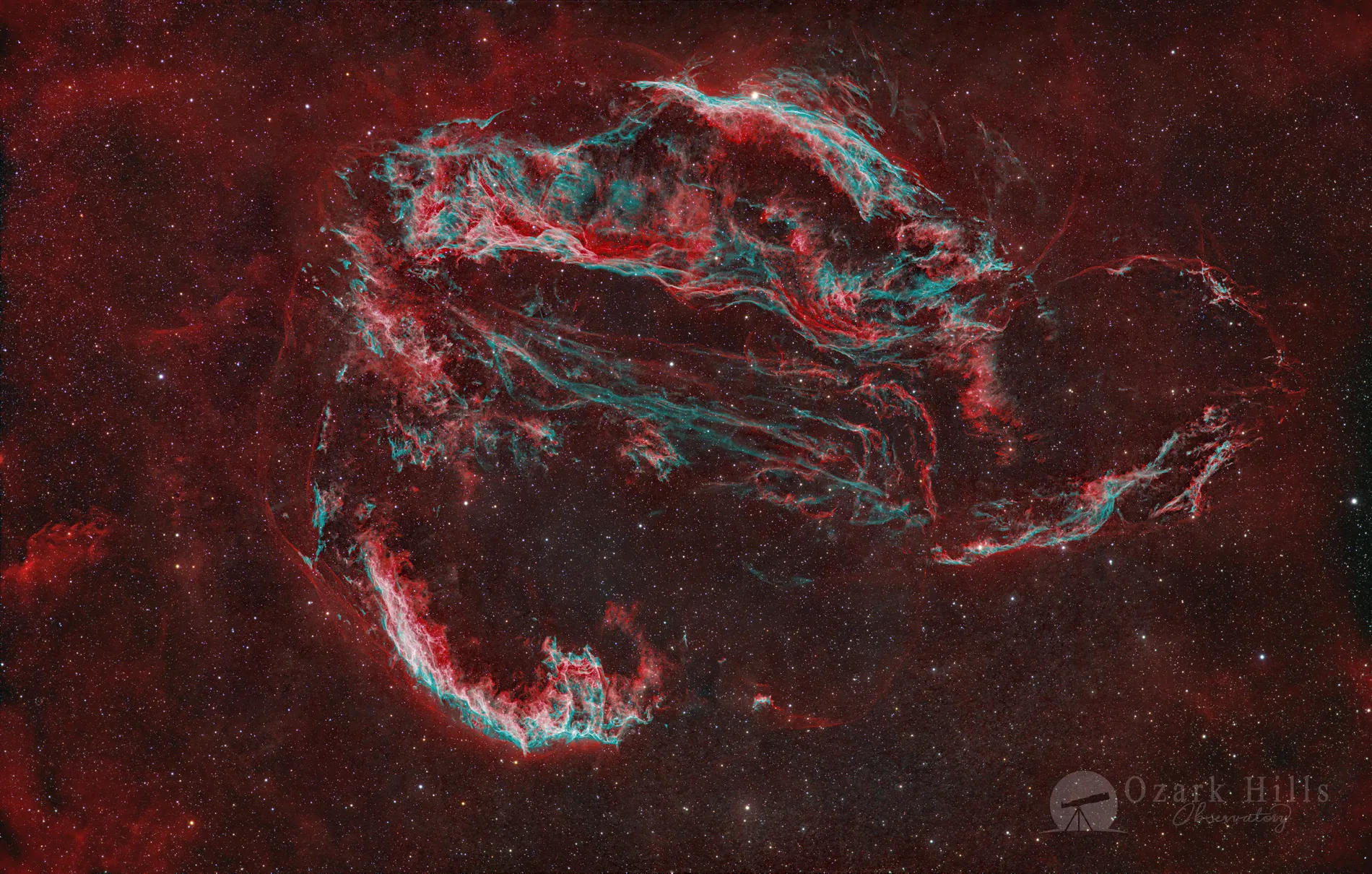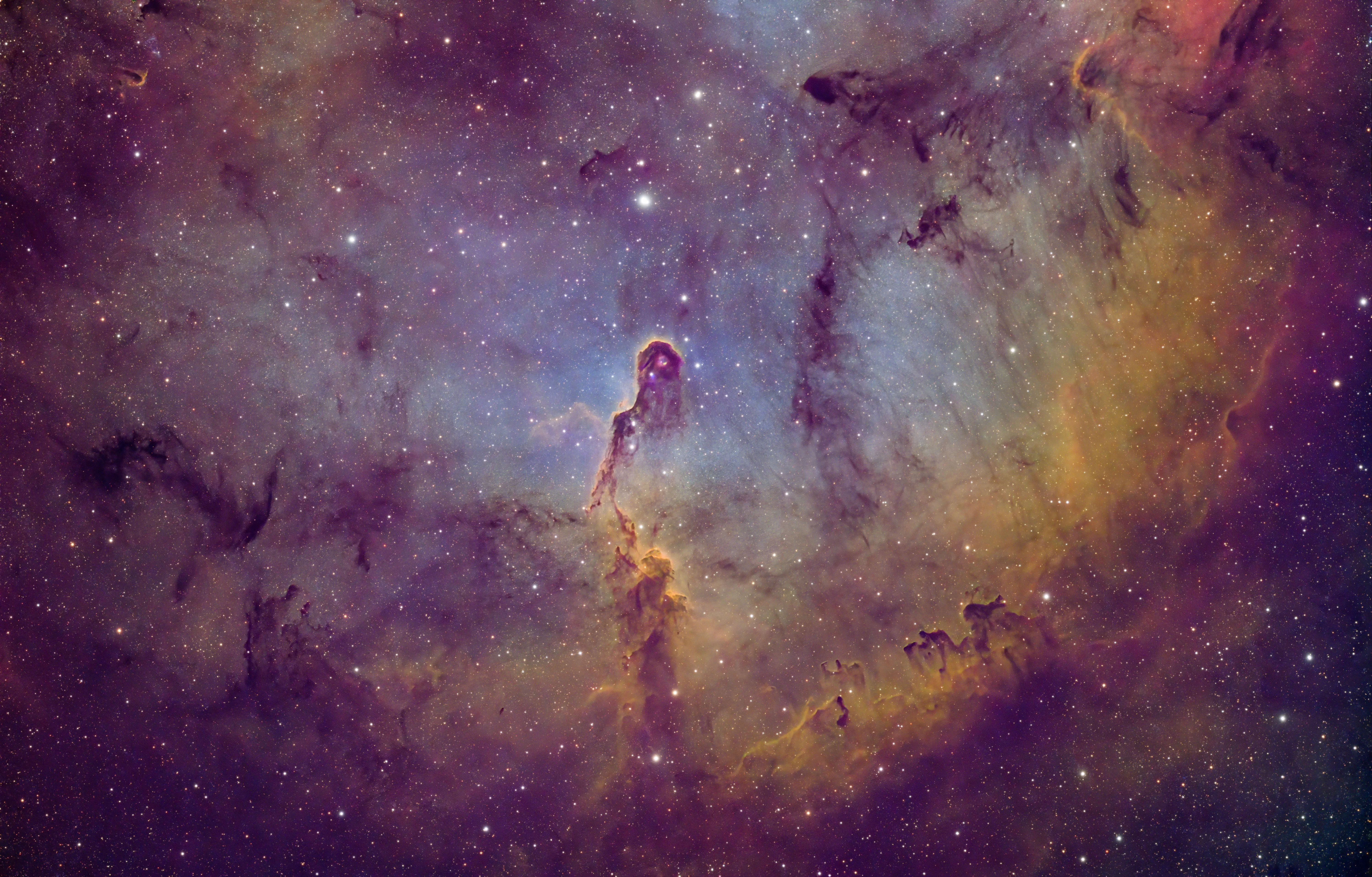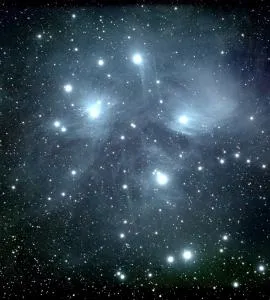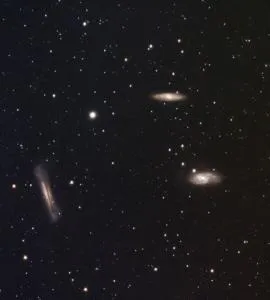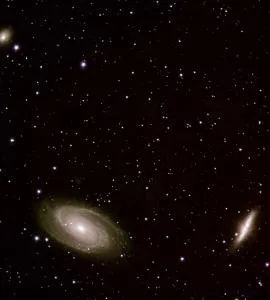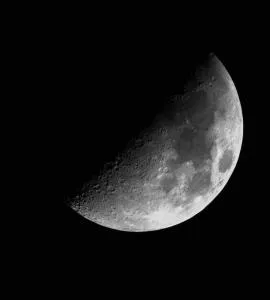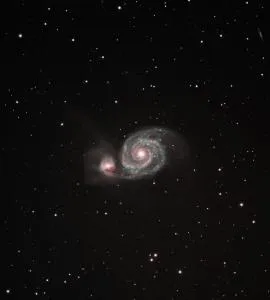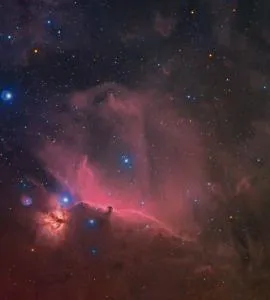M27 Dumbbell Nebula with a Takahashi FSQ106EDX4 instrument
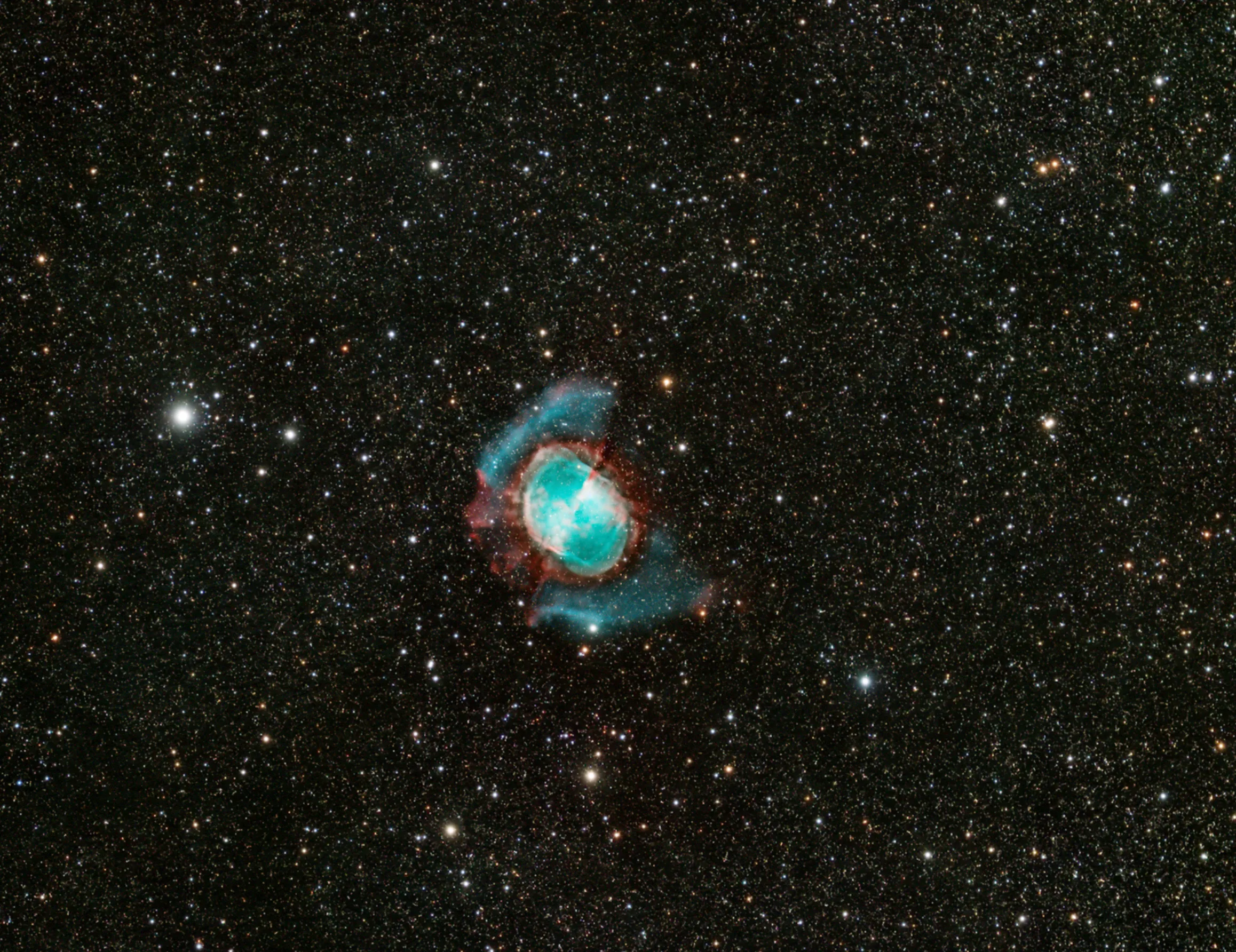
We captured the breathtaking beauty of the M27 Dumbbell Nebula on a hot summer night with the Takahashi FSQ106EDX4 telescope. Explore detailed images of this stunning planetary nebula, renowned for its intricate structure and vivid colors. Discover the universe's wonders with precision and clarity, showcasing the exceptional performance of the FSQ106EDX4 in astrophotography under warm, clear Ozarks skies.
Surviving hot summer nights in the Ozarks while trying to capture a stunning astrophoto of the M27 Dumbbell Nebula is a feat worthy of an award—or at least a big glass of sweet tea. Picture this: you, drenched in sweat, standing on your obserrvation deck with your trusty Takahashi FSQ106EDX4, swatting away mosquitoes the size of small drones. The air is so thick with humidity that you’re practically swimming through it, but you’re determined. Why? Because the universe waits for no one, and the Dumbbell Nebula isn’t going to photograph itself.
What is the M27 Dumbell Nebula anyway?
The M27 Dumbbell Nebula, also known as Messier 27 or NGC 6853, is one of the most famous and frequently observed planetary nebulae in the night sky. Located approximately 1,360 light-years away in the constellation Vulpecula, it was the first planetary nebula ever discovered, identified by Charles Messier in 1764.
The Dumbbell Nebula gets its name from its distinctive shape, which resembles a dumbbell or an hourglass when viewed through a telescope. This shape is created by the expanding shell of ionized gas ejected from a dying star at the nebula's center. As the star expels its outer layers, it forms a glowing cloud of gas that is illuminated by the remaining hot core of the star, now a white dwarf.
With its intricate structure and vivid colors, the Dumbbell Nebula is a popular target for amateur astronomers and astrophotographers. The nebula's appearance can vary depending on the wavelength of light in which it is observed, often displaying hues of red and green due to the ionized hydrogen and oxygen gases. Observing the Dumbbell Nebula offers a glimpse into the final stages of a star's life cycle and the ongoing processes of stellar evolution.
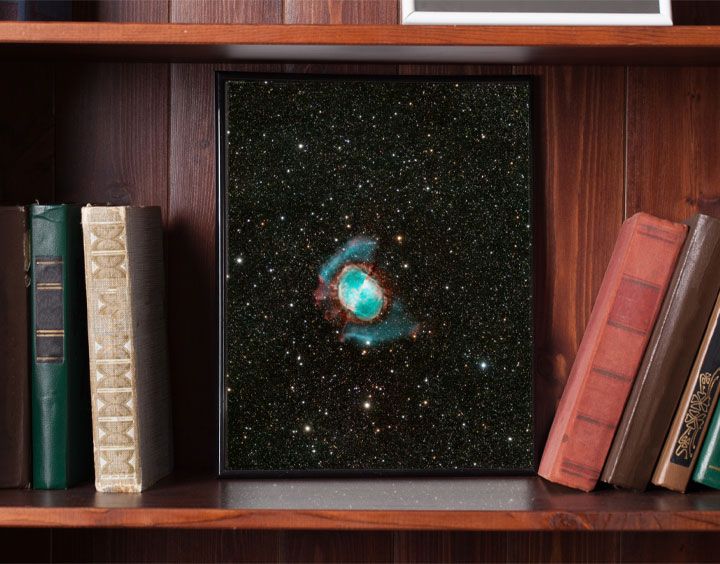

M27 Dumbbell Nebula astrophoto acquisition details
Date: July 2nd, 2024
Direction of Observation: East 90.3 degrees, Alt = +17 degrees
Telescope: Takahashi FSQ-106EDEX4 at 530mm, F5
Mount: ZWO AM5
Camera: ZWO 2600MM (monochrome), Temp= -20, Gain= 300 / ZWO RGBL + SHO filters
Guide Scope: Williams Optics 50mm
Guider: ZWO ASI 120 mini
Controller: ZWO ASI Air
Acquisition:
Sulfur II: 7 frames at 300s each = 35 minutes
Hydrogen Alpha: 7 frames at 300s each = 35 minutes
Oxygen III: 7 frames at 300s each = 35 minutes
Red: 5 frames at 300s each = 35 minutes
Blue: 5 frames at 300s each = 35 minutes
Green: 5 frames at 300s each = 35 minutes
Total acquisition time = 4 hours
Darks/Flats/Bias: (None)
Luminance: (None)
Processing: Pixinsight, Photoshop over 4 days
Location: Missouri
Bortle Class Sky: 4
Notes: The Dumbbell Nebula doesn't require extensive data acquisition to reveal its stunning details. Even a few short exposures can capture the entirety of its intricate structure. Using longer focal lengths with fast optics enhances the image quality, and remember image scale is important. Keep the camera gain low and ensure you capture RGB channels separately, as the nebula's details are structured differently from the surrounding stars, which also possess remarkable beauty.

The world-renowned Takahashi FSQ-106EDX4 APO telescope is a marvel of optical engineering, celebrated for its sharp, high-contrast images and exceptional color correction. This 106mm f/5 quadruplet refractor is perfect for wide-field astrophotography, capturing celestial objects with pinpoint stars across the frame. Its fast focal ratio allows for shorter exposure times, revealing faint details in deep-sky objects.
With precision mechanics and meticulous craftsmanship, the FSQ-106EDX4 is a trusted instrument for astronomers worldwide. We are privileged to have this outstanding telescope as part of our observatory, and it was instrumental in capturing the stunning details of the M27 Dumbbell Nebula in this post.
Ozarks explanation of the M27 Dumbell Nebula
The M27 Dumbbell Nebula is like the Ozarks' own cosmic firefly, but one that never gets tired and never gets squashed on your windshield! Floating out there in the night sky, it's a dazzling reminder that even in the vastness of space, there's beauty to be found. Just like the hills and hollers around here, the Dumbbell Nebula’s glow should inspire folks to keep looking up and appreciating the wonder around them—whether it's a starry nebula or a good ol' summer night in the Ozarks.


About the Author
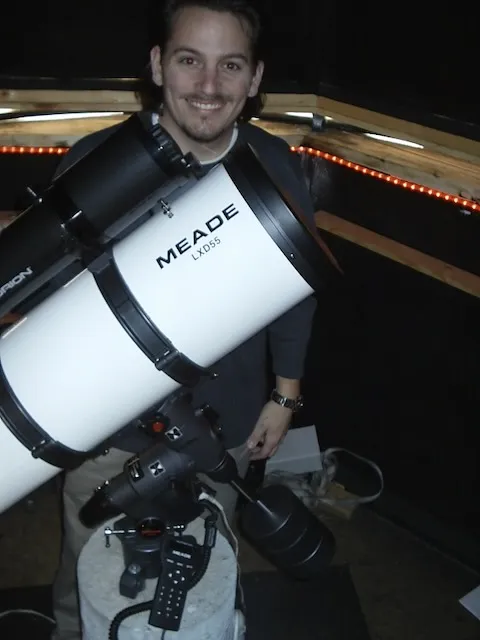
Meet Richard Harris, a passionate and dedicated astronomer who embarked on a cosmic journey at the age of 11 and has been reaching for the stars ever since. Born with an innate curiosity for the universe. Richard's fascination with astronomy ignited when he first gazed up at the night sky and felt an indescribable connection to the cosmos and creation. As a younger lad, Richard spent countless hours poring over astronomy books, studying constellations, and learning about the celestial wonders that grace our skies. In 2001, Richard invented the HyperTune telescope process, which has grown into the standard for German equatorial telescope mount tuning across the globe. He is also the founder of ScopeTrader, a global resource helping to grow the hobby of astronomy which started in 2002, and the CEO of Moonbeam software company, started in 2008. When he's not taking photos of our universe, you can find him with family, playing guitar, or traveling.
